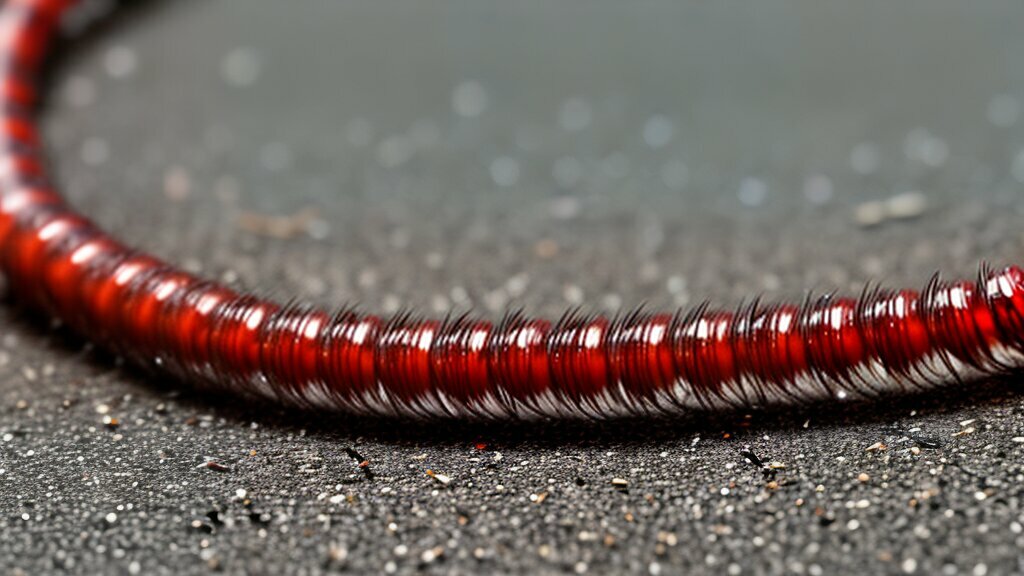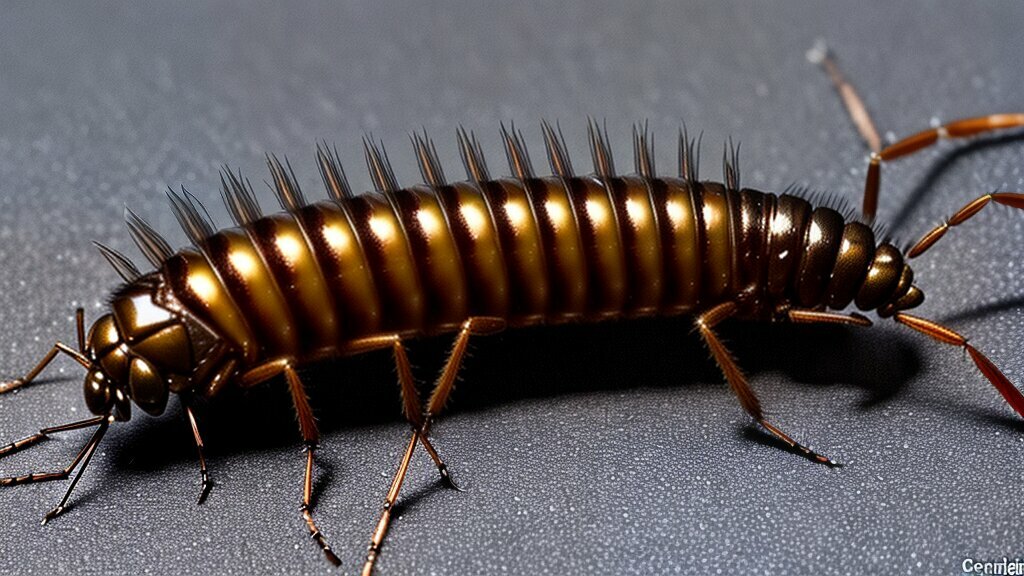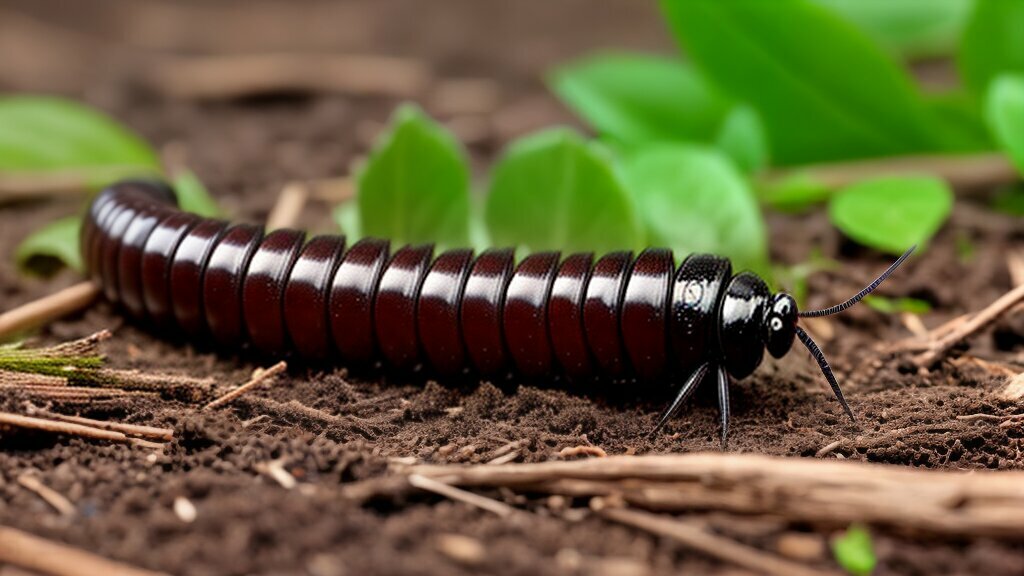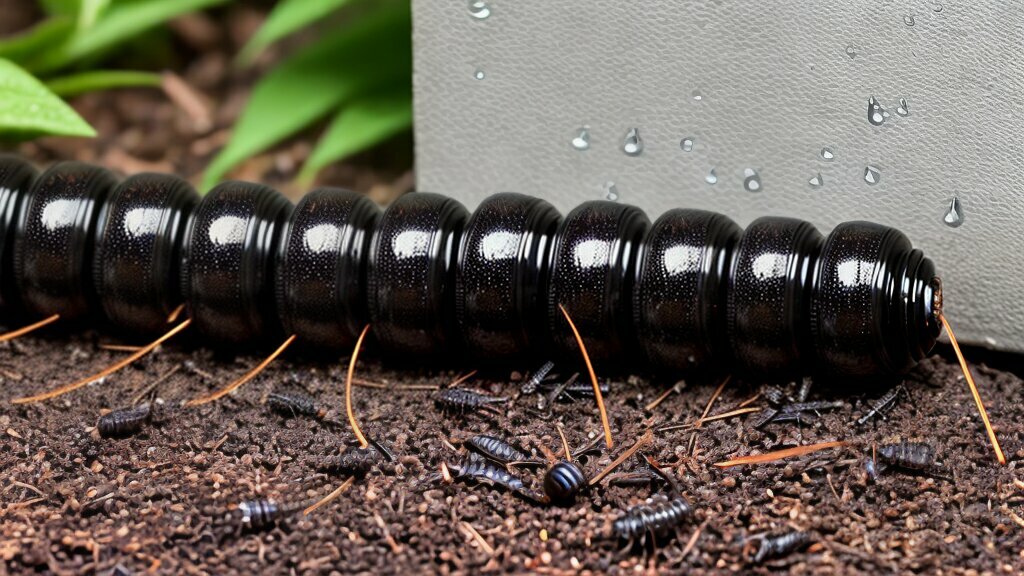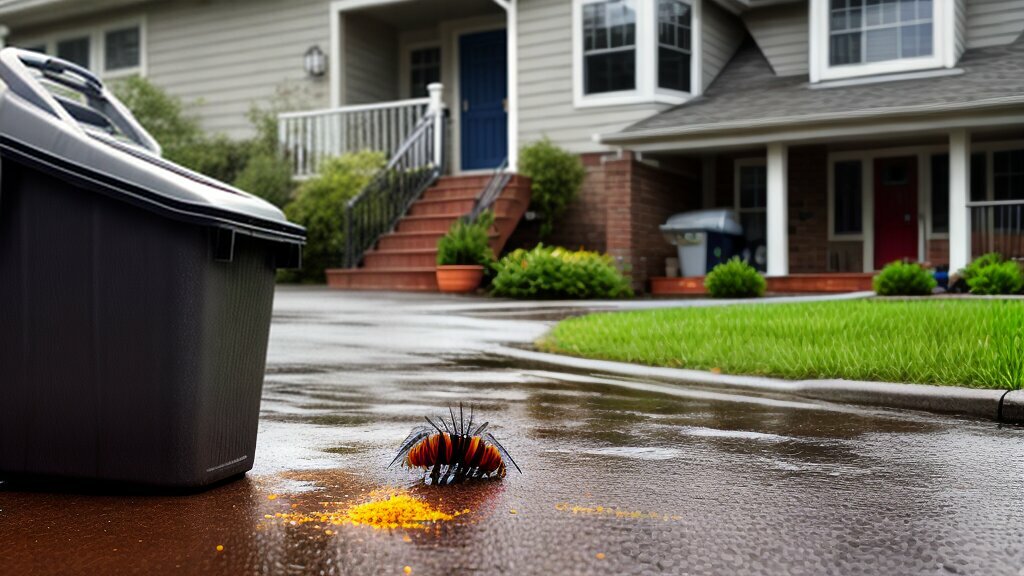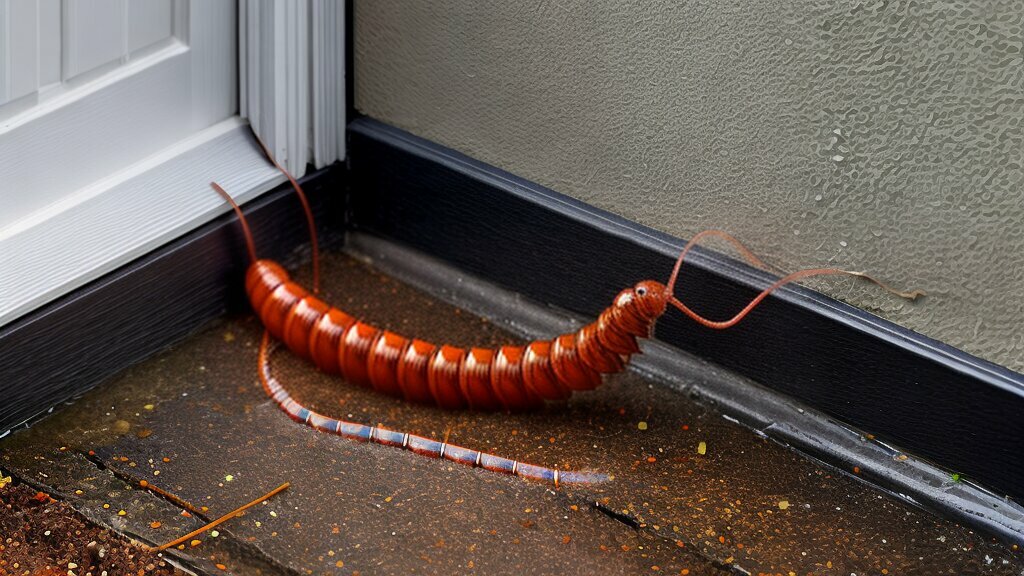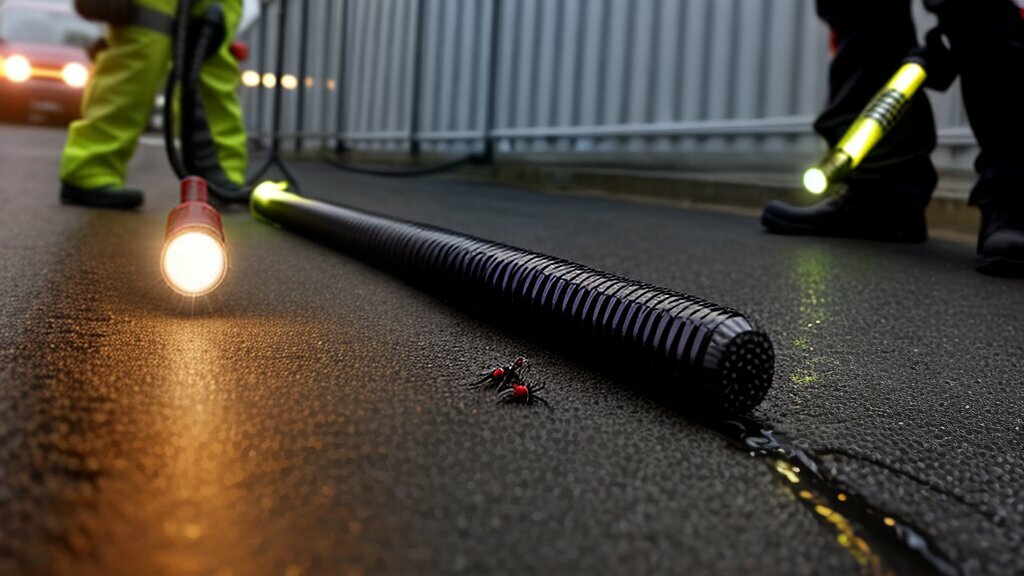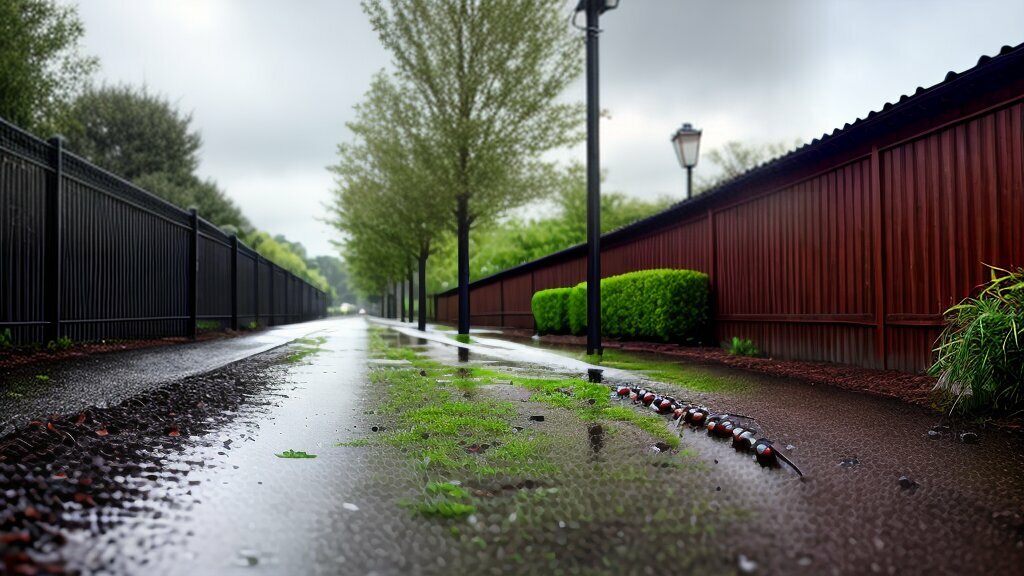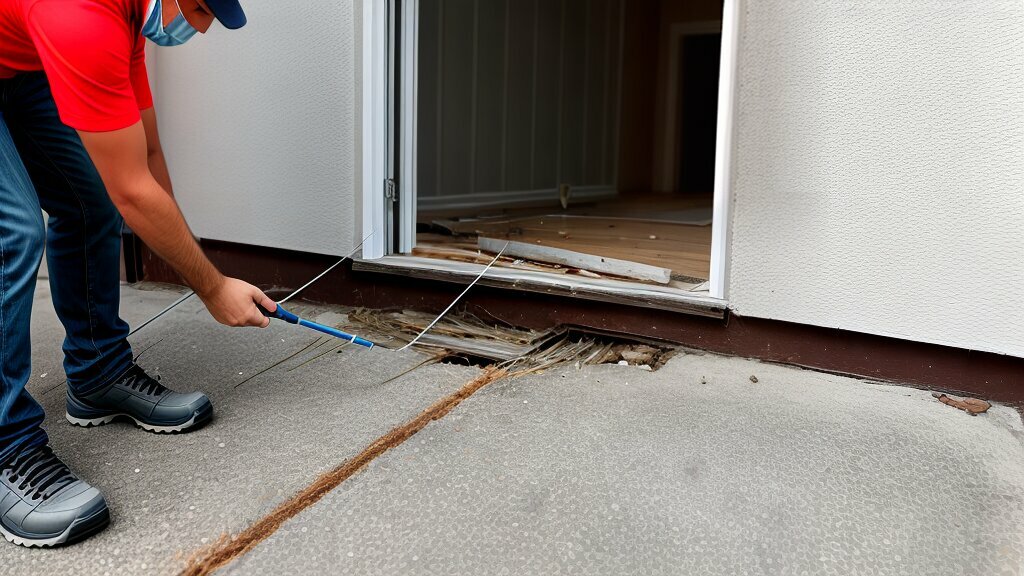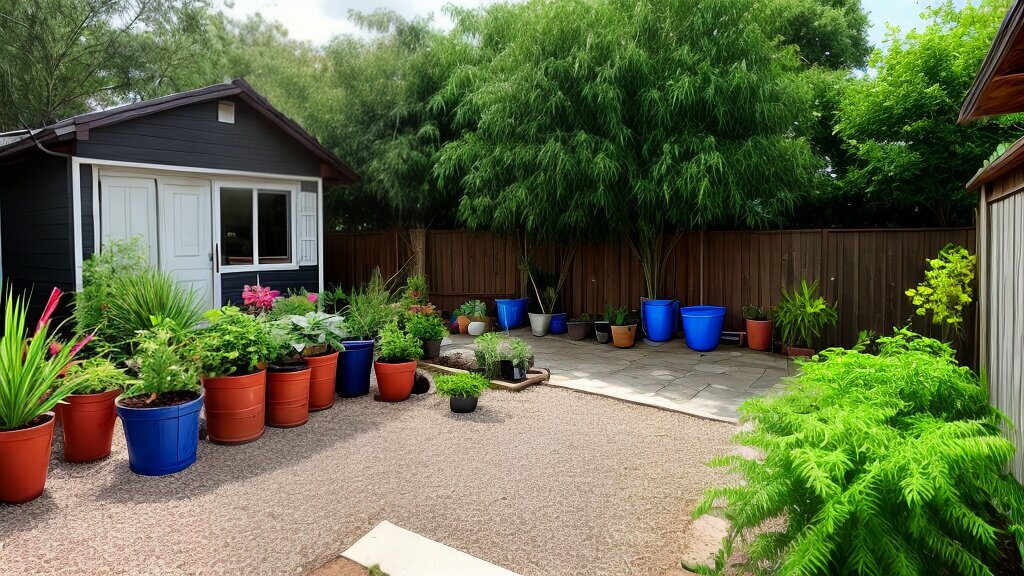Have you ever noticed an influx of centipedes in your house after a rainstorm? It’s no coincidence. Centipedes are naturally attracted to moisture, and rainy weather creates conditions that make your home the perfect habitat.
In this article, we will explore the causes of centipedes in the house after rain and provide practical solutions for getting rid of them. We will also discuss the importance of regular maintenance to prevent future infestations.
Key Takeaways:
- Centipedes are attracted to moisture and often enter homes after rainfall.
- Proper maintenance, including sealing entry points and reducing excess moisture, is crucial for preventing centipede infestations.
- Non-toxic and chemical options are available for removing centipedes from the house, but professional help may be necessary in severe cases.
Understanding House Centipedes
House centipedes are common arthropods that are known for their long, slender bodies and numerous legs. They are typically found in dark, damp environments, such as basements and bathrooms, making them a frequent sight in many homes.
These creatures are nocturnal and are known to move quickly, making them difficult to catch or observe. They are also carnivorous and feed on other insects and arthropods, making them useful for controlling other pest populations in homes.
Despite their benefits, house centipedes are not a welcome sight for most homeowners. Their appearance and fast movement can be alarming, and their presence in a home can also indicate other issues, such as excess moisture or cracks and gaps that allow them to enter.
Controlling the population of house centipedes in a home is important for reasons beyond aesthetics. They are capable of biting humans, and while their venom is not typically dangerous, it can cause discomfort and allergic reactions in some individuals. Additionally, their presence can indicate other pest problems, which can lead to greater problems and expenses down the line.
To effectively control the presence of house centipedes in a home, it is important to understand their behavior patterns, habitat preferences, and vulnerabilities.
The Physical Characteristics of House Centipedes
House centipedes range in size from 1-1/2 to 2 inches in length. They have long, slender bodies that are segmented, with each segment housing a pair of legs. Their legs are long and thin, giving them a spindly appearance that is often likened to a hairy spider. House centipedes are typically brown or gray in color, with identifiable stripes along their back.
The Habits of House Centipedes
House centipedes are nocturnal and prefer dark, damp environments. They are commonly found in areas such as basements, bathrooms, and crawl spaces. They are also prolific breeders and can quickly establish a population in a suitable environment.
Why House Centipedes Are Found in Homes
House centipedes are attracted to homes for several reasons. Firstly, the dark and damp environments of many homes provide an ideal habitat for them. Secondly, homes provide a ready food source, as other insects and arthropods are often present in homes as well. Finally, homes often have entry points, such as cracks in the foundation or gaps around windows and doors, which allow house centipedes to enter easily.
The Importance of Controlling House Centipedes
While house centipedes serve a useful role in controlling other pest populations in homes, their presence can indicate other issues, such as excess moisture and cracks or gaps that allow them to enter. Additionally, their appearance can be alarming and unsettling for homeowners. Properly controlling the population of house centipedes in a home is important for maintaining a safe, healthy, and comfortable living environment.
The Relationship Between Rain and Centipedes
Centipedes are often found in homes after a period of rain, and there is a direct correlation between the two. Rain creates conditions that are attractive to centipedes, such as an increase in moisture and potential food sources. In this section, we will explore this relationship in more detail, and discuss why it is important to address these conditions to prevent infestation.
| Why Do Centipedes Like Rain? | What Can You Do to Prevent Infestations? |
|---|---|
| Moisture: Centipedes thrive in moist environments, and prolonged rain can create moist conditions in and around a house that are attractive to centipedes. | Eliminating Moist Conditions: It is essential to eliminate moisture to prevent centipedes from entering the house. Start by checking for leaks, repairing any cracks, and ensuring proper ventilation throughout the home. |
| Food Sources: Rain can also attract other insects and pests that may serve as a source of food for centipedes. | Reducing Clutter: By reducing clutter and debris around the house, you can eliminate potential hiding places for centipedes and other pests, and reduce the likelihood of attracting other insects that centipedes may feed on. |
Overall, the link between rain and centipedes in the home is clear, and by addressing the conditions that attract them, you can prevent infestations and keep your home pest-free.
Common Causes of Centipede Infestation After Rain
Centipedes can enter homes through several different means, and infestations are often exacerbated after rainfall. Homeowners should be aware of the following common causes of centipede infestation in their homes:
| Cause | Description |
|---|---|
| Cracks and gaps in the foundation | Small openings in the foundation or walls of a home can provide easy entry points for centipedes and other pests to access the indoor space. |
| Improper drainage | If the soil surrounding a home does not drain properly, it can create excess moisture that attracts centipedes and other pests. |
| Landscaping | Overgrown vegetation and mulch can create moist environments where centipedes and other pests can thrive. |
| Open doors or windows | Leaving doors or windows open during or after rainfall can allow centipedes and other pests to easily enter the home. |
| Other pests | Other pests, such as ants and spiders, can attract centipedes by serving as a potential food source. |
Identifying and addressing these factors can help prevent future centipede infestations in the home. Homeowners should regularly inspect their homes for these vulnerabilities and take action to address them.
Preventing Centipedes in the House
If you want to prevent centipedes from entering your house after rain, you need to take a proactive approach. Here are some practical tips you can follow:
- Seal any cracks or gaps in your home’s foundation or walls using caulk or weather stripping.
- Repair any leaks or drainage issues to reduce excess moisture in and around your home.
- Ensure proper ventilation in your home to prevent dampness and humidity.
- Eliminate potential food sources for centipedes, such as other pests or clutter.
- Maintain good sanitation practices to keep your home clean and tidy.
- Consider using a dehumidifier or moisture absorber to reduce excess humidity in your home.
By following these tips, you can reduce the risk of centipedes invading your home after rainfall. Regular maintenance and vigilance are key to effective centipede control.
Removing Centipedes from the House
Discovering centipedes in your house can be unsettling, but there are effective ways to remove them. Non-toxic options are preferred to chemical solutions when possible, but it is essential to take safety precautions when using any removal method.
Sticky Traps: One of the most common ways to remove centipedes is by using sticky traps. These traps can be purchased at most hardware or home improvement stores. Simply place the traps in areas where centipedes are likely to travel, such as along walls or near baseboards. Check the traps regularly and dispose of any trapped centipedes promptly.
Vacuuming: Another option for removing centipedes is to vacuum them up. Use a vacuum with a hose attachment to reach tight spaces and crevices. Empty the vacuum bag or canister immediately after use to prevent any live centipedes from escaping back into the house.
If non-toxic methods are not effective, chemical solutions can be used as a last resort. However, it is crucial to read and follow the instructions carefully and to keep children and pets away from treated areas until the product has dried completely. If you are unsure about using chemical solutions, or if the infestation is severe, it is best to seek professional help.
Remember, removing centipedes from the house is only part of the solution. It is essential to address the underlying causes to prevent future infestations.
The Importance of Regular Maintenance
To prevent centipedes and other pests from entering your home after rain, regular maintenance is crucial. Here are some practical tips:
- Repair any leaks or damages in your home’s foundation or roof to prevent moisture buildup.
- Clean gutters regularly to ensure proper drainage away from your home’s foundation.
- Seal any cracks or gaps in your walls, windows, doors, or foundation to prevent pests from entering.
- Ensure proper ventilation in your home to reduce excess humidity.
- Keep your home clean and clutter-free, and dispose of garbage regularly.
By performing these tasks regularly, you can significantly reduce the risk of centipede infestations and other pest problems. Remember, prevention is always better than treatment!
Regular maintenance is crucial in preventing centipedes and other pests from entering your home after rain.
The Role of Professional Pest Control
While there are many effective DIY methods for controlling centipedes and other pests, some infestations may require the help of a professional pest control service. Pest control professionals bring specialized expertise, tools, and knowledge to the task of eliminating centipedes and other types of pests.
Professional pest control services can be especially valuable for homeowners with more complex or severe infestations, or for those who are dealing with sensitive or hazardous pest situations. Pest control experts can also offer ongoing maintenance and prevention services to ensure that centipedes and other pests do not return.
It is important to choose a reputable and eco-friendly pest control company to ensure the safety of your family and pets, as well as the environment. Look for companies that use non-toxic or low-toxicity treatments, and that offer guarantees or warranties on their work.
Overall, professional pest control may be a valuable option for homeowners dealing with centipede infestations after rain. While there are many steps that can be taken to prevent and control centipedes on your own, don’t hesitate to call in the experts if you need extra help.
Other Common Household Pests Associated with Rain
In addition to centipedes, there are other common household pests that are often associated with rain. These pests are attracted to moisture and can be a nuisance if not properly addressed.
| Pest | Description | Prevention Tips |
|---|---|---|
| Ants | Ants are attracted to the moisture and food sources that can be found after rainfall. They can enter homes through cracks and gaps in the foundation. |
|
| Silverfish | Silverfish are attracted to damp environments and can enter homes through cracks and gaps. They feed on starchy materials such as paper and glue. |
|
| Cockroaches | Cockroaches are attracted to moisture and can enter homes through cracks, gaps, and drains. They are known to spread diseases and can trigger asthma and allergies. |
|
To prevent these pests from entering homes after rain, it is important to address the underlying moisture issues that attract them. Regular maintenance and proactive measures can go a long way in keeping homes pest-free.
The Importance of Regular Maintenance
Regular maintenance is crucial in preventing centipedes and other pests from entering the house. By keeping up with maintenance tasks, homeowners can ensure that their homes remain dry and clean, with no entry points for pests to exploit. Here are some practical steps to take:
- Repair any leaks in the roof or plumbing to eliminate excess moisture.
- Clear gutters and drains to prevent water from accumulating near the foundation.
- Seal cracks and gaps in the foundation and walls to prevent pests from entering.
- Ensure proper ventilation in all areas of the house, especially in bathrooms and other damp areas.
- Clean up crumbs, spills, and other food sources promptly to avoid attracting pests.
By following these simple maintenance tips, homeowners can significantly reduce the risk of centipedes and other pests taking up residence in their homes. Regular maintenance is a small investment that can yield big rewards in the form of a pest-free home.
Effective Long-Term Solutions
Preventing centipedes in the house after rain requires a combination of proactive measures and ongoing maintenance. By following the suggestions outlined in this article, homeowners can create an environment that is less attractive to centipedes and other pests.
One of the most effective long-term solutions is to address the moisture issues that attract centipedes in the first place. This includes repairing leaks, cleaning gutters regularly, and ensuring proper ventilation in damp areas like basements and crawl spaces.
Another important step is to seal all potential entry points, including cracks in the foundation and gaps around doors and windows. By denying centipedes access to the house, homeowners can significantly reduce their chances of an infestation.
Maintaining good hygiene practices is also crucial in preventing centipedes from entering the house. This means keeping food and garbage properly stored, cleaning up spills promptly, and eliminating clutter that can serve as hiding places for pests.
Regular pest inspections can help identify and address issues before they become major problems. Homeowners can also implement integrated pest management techniques, such as using natural predators like birds or introducing nematodes to the soil.
Finally, engaging professional pest control services can provide added peace of mind and long-term value. Reputable and eco-friendly pest control companies can assess potential vulnerabilities, implement effective control measures, and provide ongoing maintenance and support to keep pests away.
By taking a proactive approach and implementing effective long-term solutions, homeowners can successfully prevent centipedes in the house after rain, creating a safer, healthier, and more comfortable home environment.
The Conclusion
In conclusion, it is not unusual for centipedes to appear in houses after rain. However, this problem can be mitigated by taking proactive measures and implementing effective solutions. Throughout this article, we have explored the causes of centipede infestations after rain, and discussed practical tips and strategies for preventing them from entering the house. We have also highlighted the importance of regular maintenance and seeking professional help when necessary.
By following the advice provided, homeowners can ensure their home environment remains pest-free, not just of centipedes, but also of other common household pests associated with rain, such as ants, silverfish, and cockroaches. By addressing moisture issues, sealing entry points, and maintaining good hygiene practices, homeowners can enjoy a clean and comfortable living space.
Remember, prevention is key. Taking proactive measures is much easier than trying to remove an infestation. By investing time and effort into preventing centipedes and other pests, homeowners can save themselves time, money, and stress in the long run. So, take action today, and enjoy a pest-free home environment for years to come!
FAQ
Q: Why do centipedes appear in houses after rainfall?
A: Centipedes are attracted to the increased moisture and potential food sources that come with rain, making houses more appealing to them.
Q: What causes centipede infestations after rain?
A: Common causes include cracks or gaps in the foundation, improper drainage, and other vulnerabilities that allow centipedes to enter homes.
Q: How can I prevent centipedes from entering my house?
A: To prevent centipedes, you can seal cracks, repair leaks, maintain proper drainage, reduce excess moisture, and eliminate food sources.
Q: What are effective methods for removing centipedes from the house?
A: Non-toxic options like using sticky traps and vacuuming can be effective. Chemical solutions should be used as a last resort, and safety precautions should be followed.
Q: How can I maintain a pest-free home?
A: Proper sanitation, regular pest inspections, maintaining a clutter-free environment, and implementing integrated pest management techniques are key to maintaining a pest-free home.
Q: Should I hire a professional pest control service?
A: Professional pest control services can provide expertise, specialized tools, and long-term value in preventing centipede infestations. Choose reputable and eco-friendly companies.
Q: What other pests are associated with rain?
A: Other common pests associated with rain include ants, silverfish, and cockroaches. Each may require specific prevention strategies.
Q: Why is regular maintenance important in preventing centipedes?
A: Regular maintenance tasks such as repairing leaks, cleaning gutters, sealing cracks, and ensuring proper ventilation are essential in preventing centipedes and other pests.
Q: What are effective long-term solutions for preventing centipedes in the house after rain?
A: Key solutions include addressing moisture issues, sealing entry points, and maintaining good hygiene practices to keep your home pest-free.

